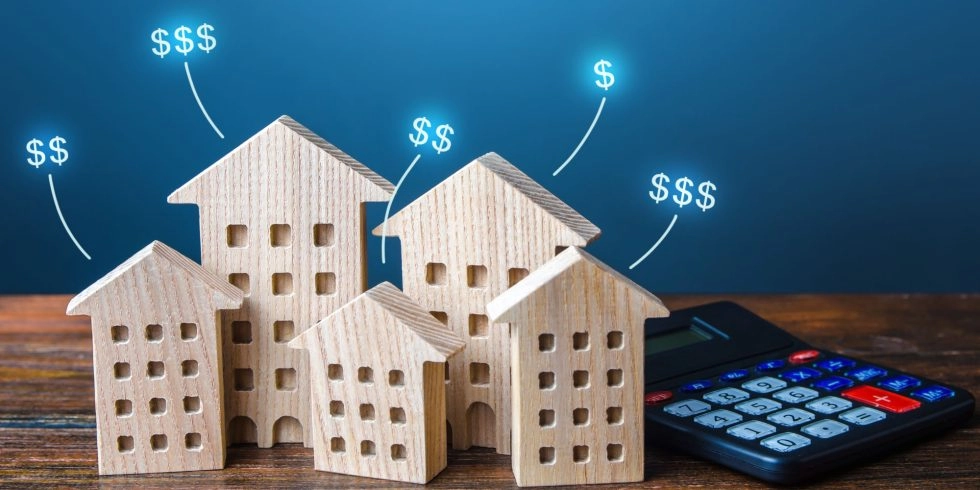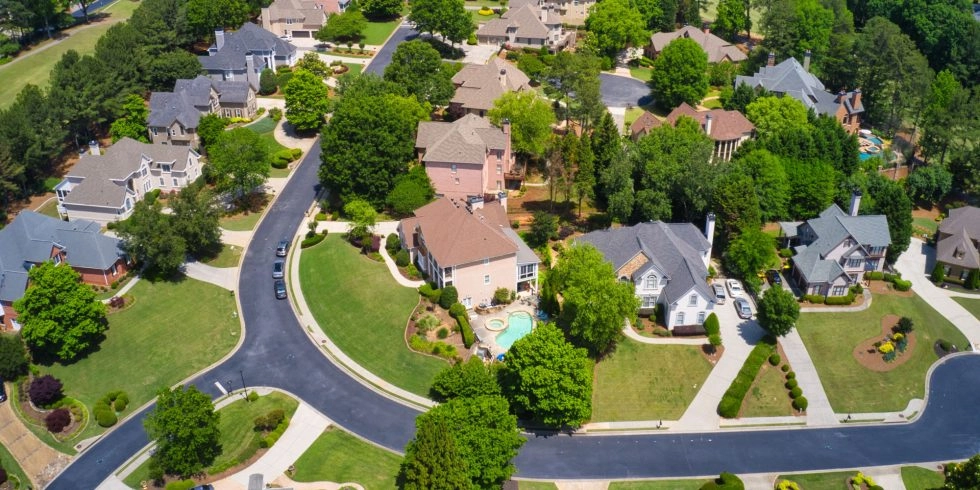The Pandemic Housing Boom’s ultra-low interest rates and adoption of work-from-home policies boosted home value growth in essentially every U.S. housing market.
However, in the current housing market—marked by strained housing affordability—it’s a mixed bag across the country. While national home prices are still inching up slightly on a year-over-year basis, some regional markets are experiencing greater growth, while some others are seeing outright declines in year-over-year home values.
To get a sense of how home prices have shifted in the past year across the country, LendingOne analyzed Zillow Home Value Index data to evaluate year-over-year home price growth.
Here are LendingOne’s top-line findings:
- U.S. home prices are up +3.2% year-over-year, with the strongest growth in California, Midwest, and Northeast markets.
- From June 2023 to June 2024, home prices softened in many metropolitan areas across Texas, Florida, Louisiana, and Alabama—with some seeing outright price declines.
- Fueled by the ongoing AI boom, San Jose saw home prices grow 12% year-over-year, the highest among the 50 largest U.S. housing markets.
Among the 50 largest U.S. metropolitan areas::
The metros with the highest year-over-year home price growth were:
- San Jose, CA: +12%
- Hartford, CT: +10.5%
- San Diego, CA: +9.4%
- Providence, RI: +7.7%
- Los Angeles, CA: +7.6%
The metros with the lowest year-over-year home price growth were:
- New Orleans, LA: -6.0%
- Austin, TX: -4.7%
- San Antonio, TX: -2.7%
- Dallas, TX: +0.4%
- Minneapolis, MN: +0.4%
It’s worth noting that while Austin and San Antonio are down year-over-year, home prices in those metropolitan areas are still up significantly since before the Pandemic Housing Boom.
Home prices in the metro areas of Austin and San Antonio in June 2024 were still 46% and 38%, respectively, above June 2019 levels, according to LendingOne’s analysis
Declines could be on the horizon for more Gulf markets like Tampa and Jacksonville. These metros saw very little appreciation this spring and experienced high inventory growth. Now that we’re in a seasonally weaker time of the year, price growth in these areas could turn negative for a period of time. Or what some investors might consider buying opportunities.
Meanwhile, many Midwest, Northeast, and California metros—where resale inventory remains tight—are still seeing above-normal appreciation.
Big Picture: After several years of rapid home price appreciation during the Pandemic Housing Boom, the U.S. has seen modest home price growth over the past year. However, the picture varies significantly across the nation.
Stay informed with our latest news and advice by visiting our blog. And when you’re ready to take the next step, learn how our loan products can help you achieve your investment goals.



